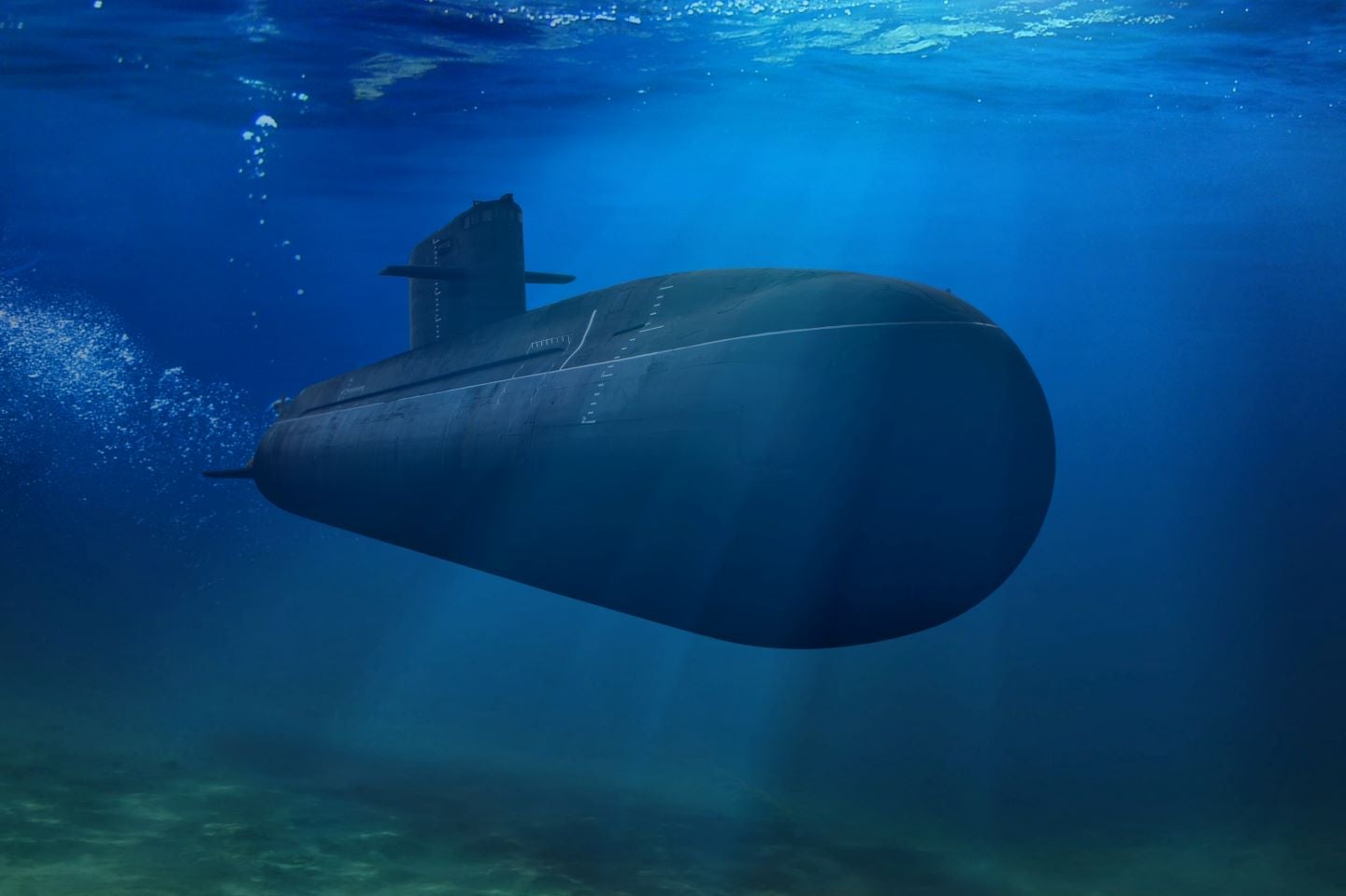Since the AUKUS pact was signed in September 2021, the agreement remains as relevant as ever. Continued tensions in the South China Sea, particularly regarding Taiwan have not abated and American and British cooperation has enabled Australia to make significant steps towards gaining a nuclear-powered submarine force, also developing the capacity to operate it independently. There are two sections of the AUKUS pact: Pillar I focuses on the Australian acquisition of a nuclear-powered, general-purpose attack submarine (SSN) fleet. Pillar II promises to increase cooperation on AI and autonomy, undersea capabilities, quantum technologies and advanced cyber and electronic warfare innovation and information sharing. For the Australian defence industry and wider Western deterrence in the South China Sea, Pillar 1 is the cornerstone.
The timeframe for Australia to acquire SSN platforms was set out in the ‘Optimal Pathway’ in March 2023. From 2027 onwards, Australia will host at least one UK Astute-class SSN and two US Virginia-class SSNs on a rotational basis under the Submarine Rotational Force-West (SRF-West). In the medium term, Australia will purchase at least three Virginia class SSNs from the US, with the option for two more, with deliveries expected in 2032, 2035 and 2038, while, in the long run, developing an AUKUS-SSN design jointly with the UK expected in the 2040s. However, given the recruitment crisis in the US submarine industry, the Americans are not expected to be able to build two submarines a year until 2028-2029, and so have a backlog of their own to fulfil – raising questions on whether the 2032 deadline is feasible.
While most focus regarding Pillar I of the AUKUS pact is laid on the Australian acquisition of SSNs, the harder task is ensuring that the capability is “fully sovereign”, so Australia can operate, maintain and repair the platforms themselves. To this end, Australia announced $10bn in funding in 2022 to continue submarine industrial expansion. Adelaide’s Osborne submarine shipyards are planned to triple in size to 65 hectares and establish a specialist nuclear taskforce to ensure safety requirements are met. In June 2024, Ian Biggs, Australian ambassador to the International Atomic Energy Agency (IAEA) appeared at the IAEA panel in Vienna to confirm that Australia will abide by international guidelines on the creation, use and disposal of enriched nuclear material.
2024 is the year when the training and domestic industry side of the arrangement is taking shape. On 30 July 2024, the first group of Royal Australian Navy enlisted sailors graduated with distinction from the US Navy’s Basic Enlisted Submarine School completing exercises in the maintenance of SSNs. This follows previous training where 37 Australian sailors were sent to the USS Emory S Land in Guam and, by mid-2025, more than 100 Australian shipyard workers at ASC are expected to depart for naval propulsion skilling at Pearl Harbor. US cooperation on training allows Australia to accelerate the development of their nuclear maintenance capacity so that it can serve as a host nation from 2027. To support nuclear sustainment, Babcock and Huntington Ingalls Industries announced a joint venture, H&B Defence, to be formed in Australia to help build, operate and sustain future SSNs.
The ramifications for Australia’s domestic defence industry are sizable. The AUKUS-SSNs intended for Australia will be produced domestically, and BAE Systems and ASC Pty have been selected to build the new fleet. This entails lucrative opportunities for Australia as the aim is for components to be produced domestically too, guaranteeing contracts for companies below prime contractor level. From 2023 to 2033, GlobalData estimates that the Pacific submarine market will grow from $9.2bn in 2023 to $14.8bn, and Australia will make up 41% because of the Virginia class acquisition, and the development of associated maintenance capacity. To enable multiple national firms to cooperate alongside each other, the AUKUS pact is facilitating integration by removing export controls. In 2023, the US agreed to grant exemptions to the UK and Australia from the International Traffic on Arms Regulations when Congress passed the National Defense Authorization Act for FY 2024, and the UK and Australia are making reciprocal arrangements. Furthermore, British and Australian companies can now bid for US federal defence grants giving them access to a new revenue stream.
At present, Australia remains a way off its own sovereign SSN capability, but political announcements made in 2023 coupled with the framework of training, logistics and contracts announced in 2024 create a means to achieve this aim so long as the political will remains strong on all sides.



